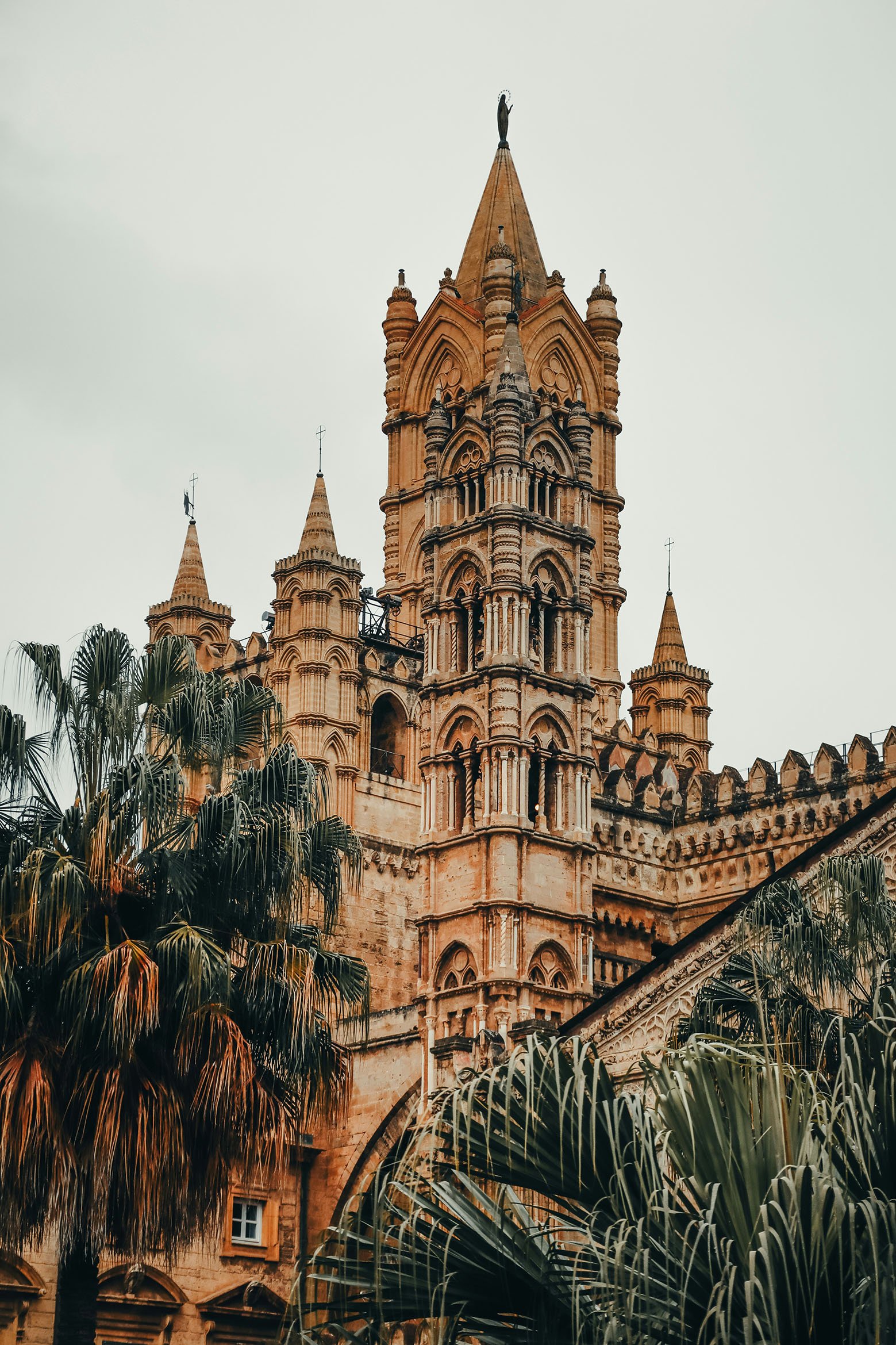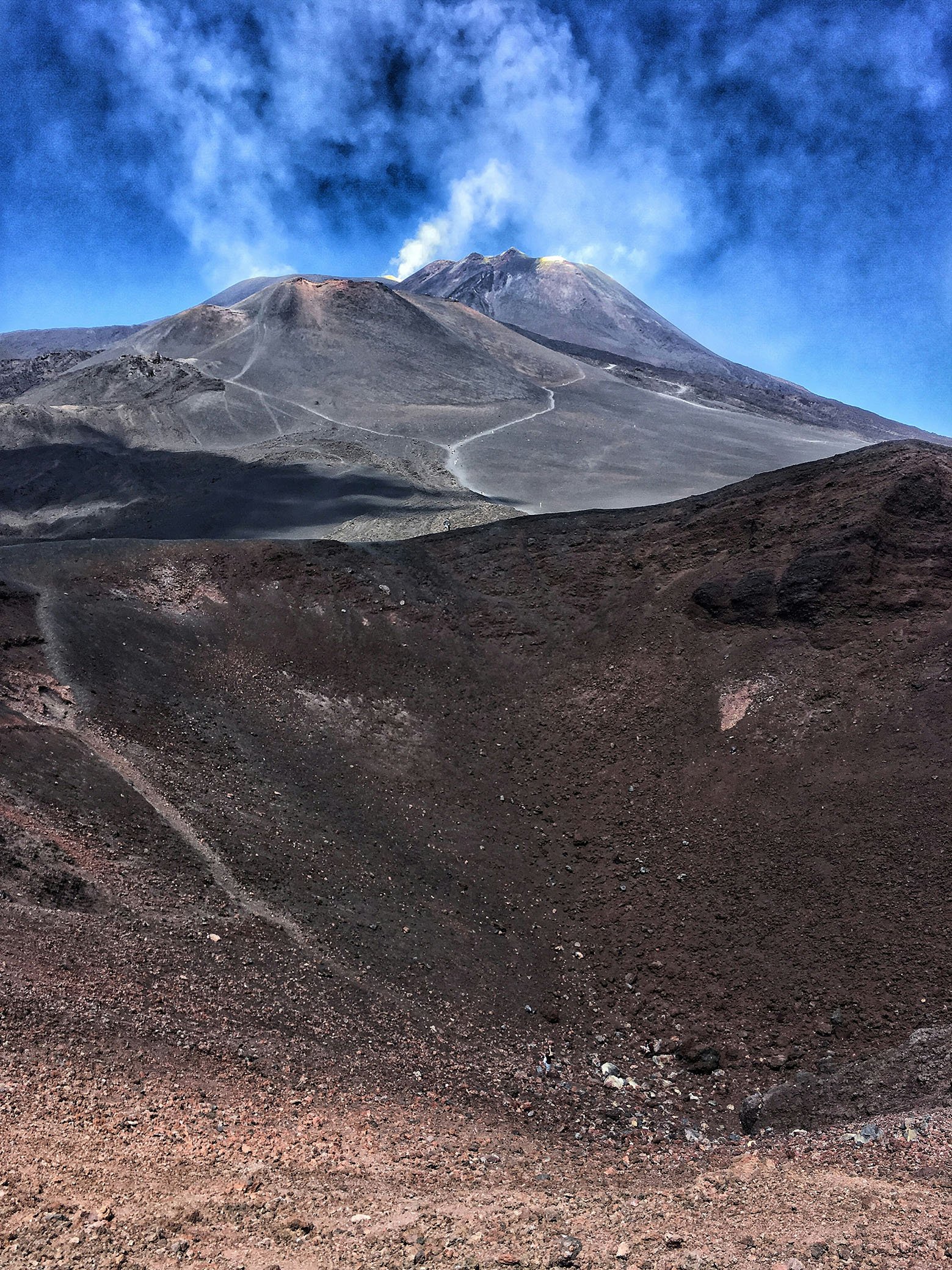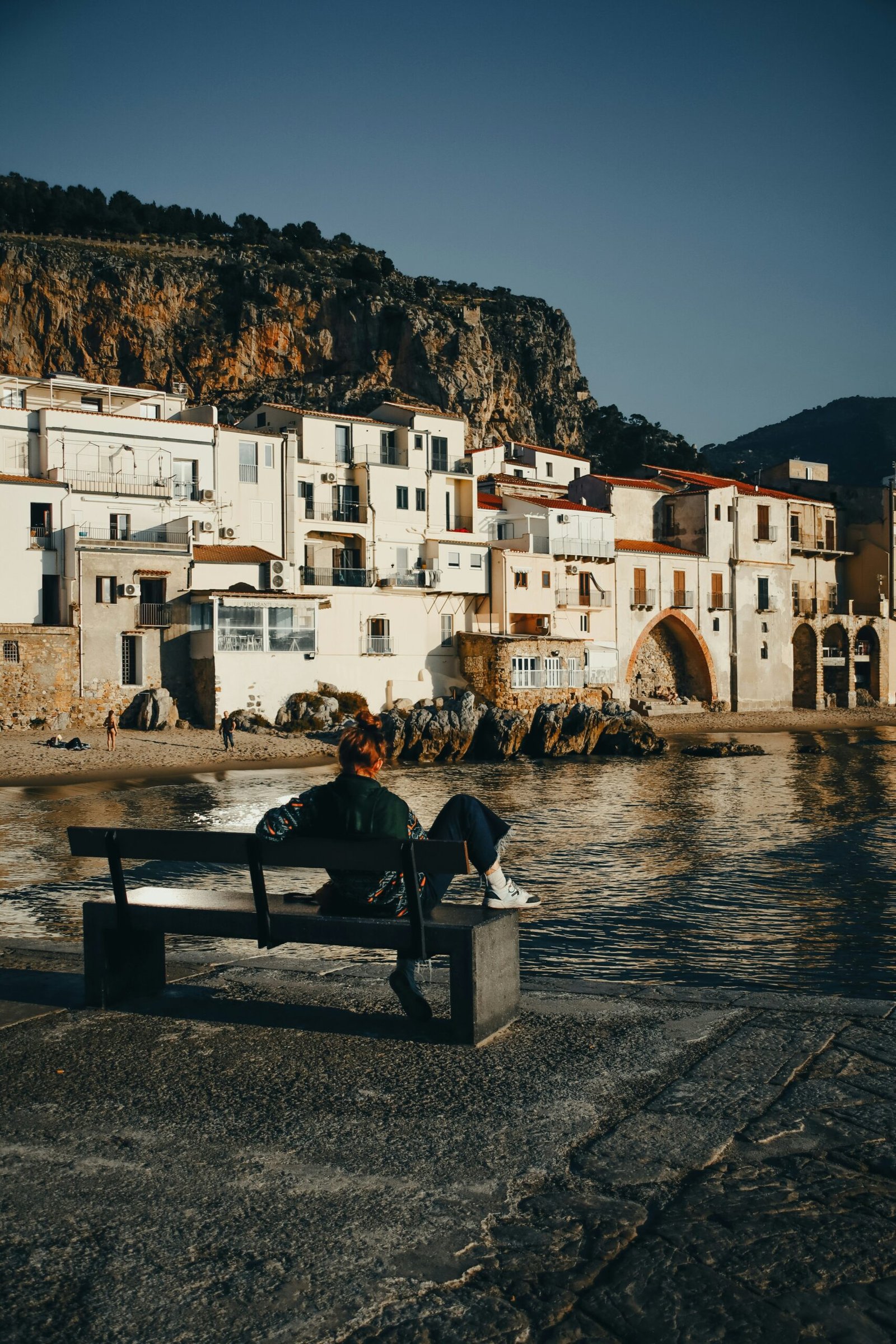A Gem in the Mediterranean
Sicily, the largest island in the Mediterranean Sea, stands out not just for its size, but also for its remarkable convergence of history, culture, and natural beauty. This dynamic island, situated off the southern tip of Italy, serves as a crucial geographical landmark, acting as a bridge between Europe and Africa. Its strategic position has influenced countless civilizations throughout history, including the Greeks, Romans, Arabs, and Normans, each leaving a lasting imprint on the island's identity.
Beyond its historical significance, Sicily's natural landscape captivates visitors with its stunning coastlines, mountainous regions, and fertile plains. The island boasts an array of breathtaking vistas, from the volcanic peaks of Mount Etna, one of the world's most active volcanoes, to the picturesque beaches lining the southern coast. This diverse topography not only enhances its beauty but also bolsters its appeal as a destination for outdoor enthusiasts and nature lovers.
Sicily's cuisine, renowned for its rich flavors and fresh ingredients, also enhances its allure. The island’s unique culinary traditions merge influences from various cultures, offering visitors delightful gastronomic experiences. In summary, Sicily is a multifaceted travel destination that promises visitors an unforgettable exploration of its historical depth, cultural richness, and natural splendor.
Places
Sicily Highlights

Palermo
Palermo, the capital of Sicily, boasts a historic center that is rich in cultural and architectural significance, reflecting a diverse history influenced by various civilizations. Visitors to this vibrant area are often captivated by its blend of architectural styles, with notable landmarks that span several centuries. Among these, the Palermo Cathedral stands out, renowned for its intricate façade and the majestic tombs of various monarchs, serving as a testament to the city’s historical importance.

Mount Etna
Mount Etna, recognized as one of the most active volcanoes globally, stands as an awe-inspiring landmark on the northeastern coast of Sicily, Italy. Stretching to a height of approximately 3,329 meters, it is not only the tallest volcano in Europe but also one of the most active, offering visitors a unique chance to witness geological phenomena in action. The majestic landscapes surrounding Mount Etna, with their volcanic craters, lush vineyards, and unique flora, make this destination a must-see for nature lovers and adventure seekers alike.

Cefalù
Cefalù, a picturesque coastal town situated along the northern coast of Sicily, Italy, is renowned for its stunning beaches and the magnificent Norman cathedral, a UNESCO World Heritage site. This quaint town offers a harmonious blend of relaxation and cultural exploration, making it an ideal destination for travelers seeking both leisure and history. The sandy shores of Cefalù attract sunbathers and water sports enthusiasts alike, providing ample opportunities for swimming, sun lounging, and enjoying various beach activities.
